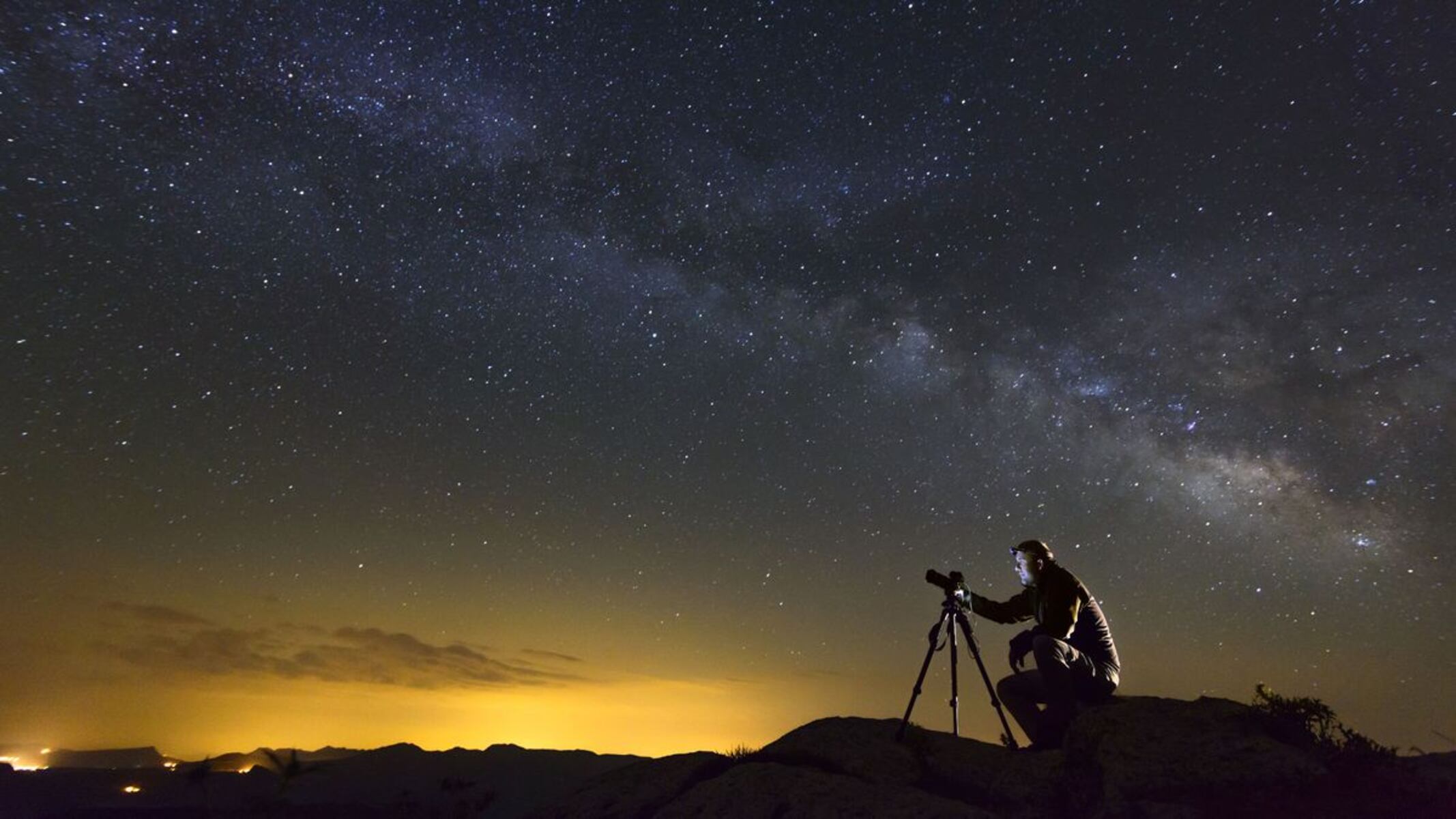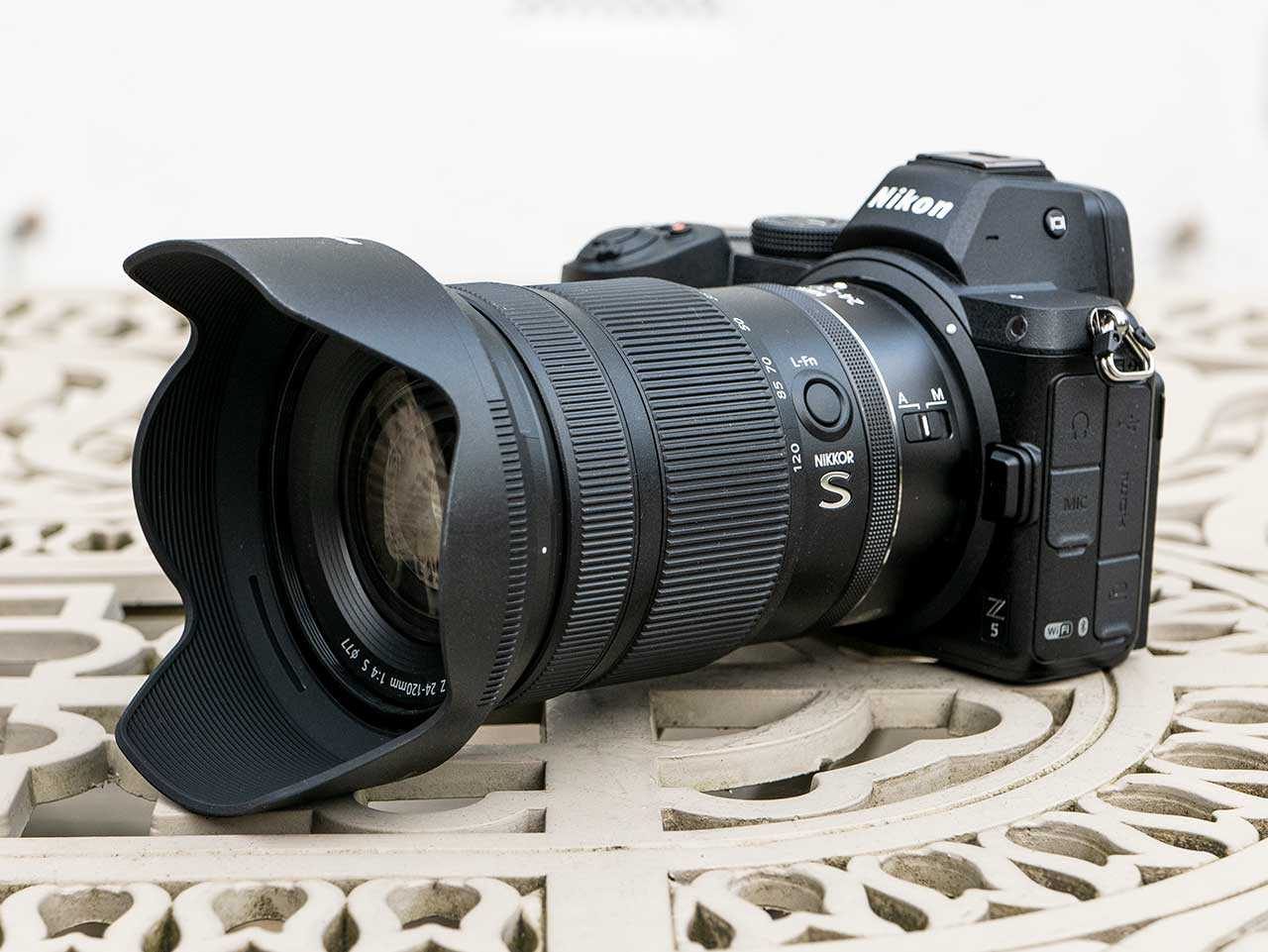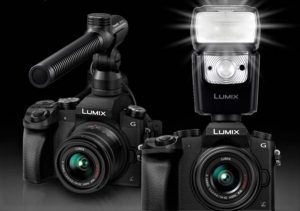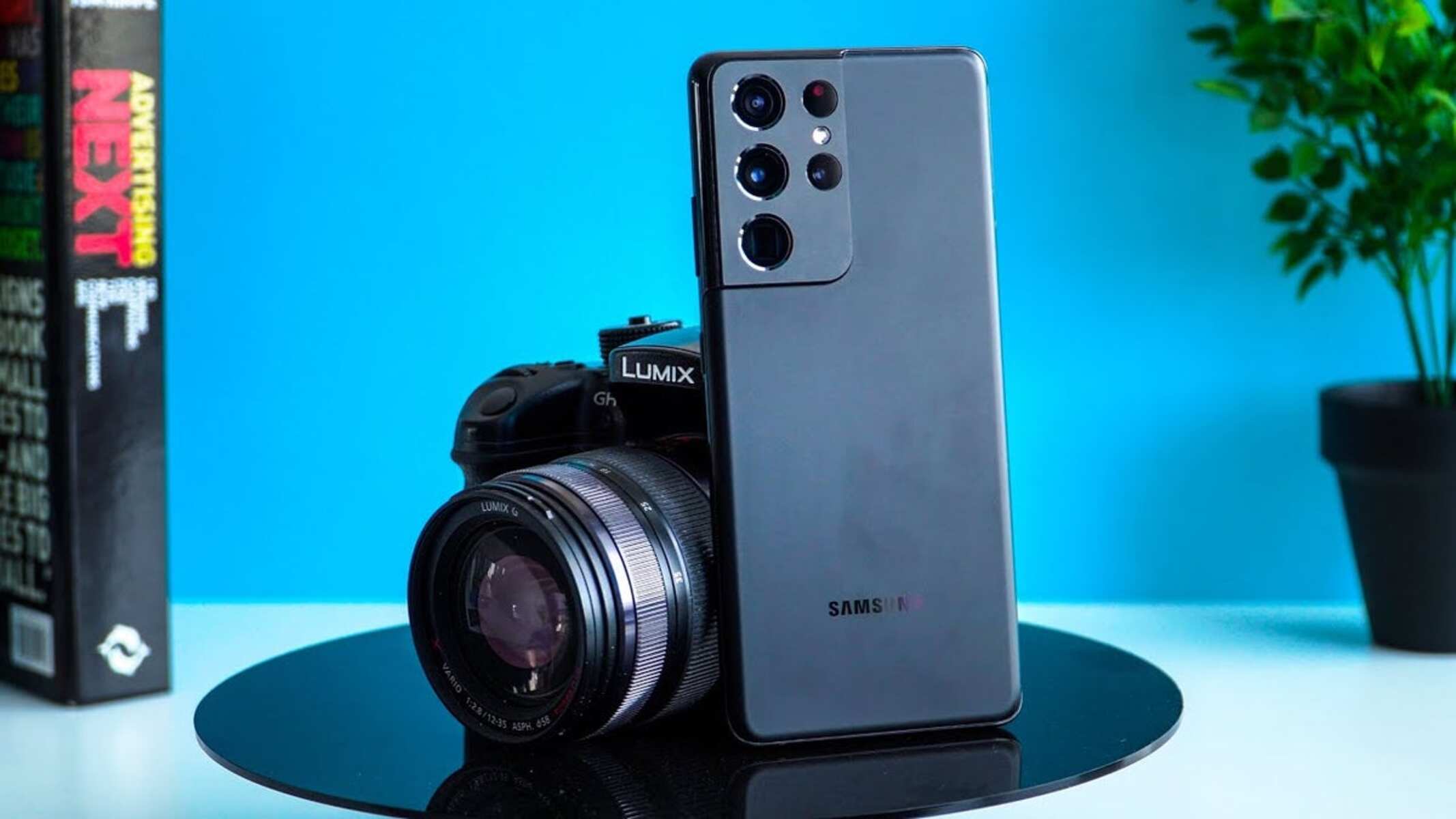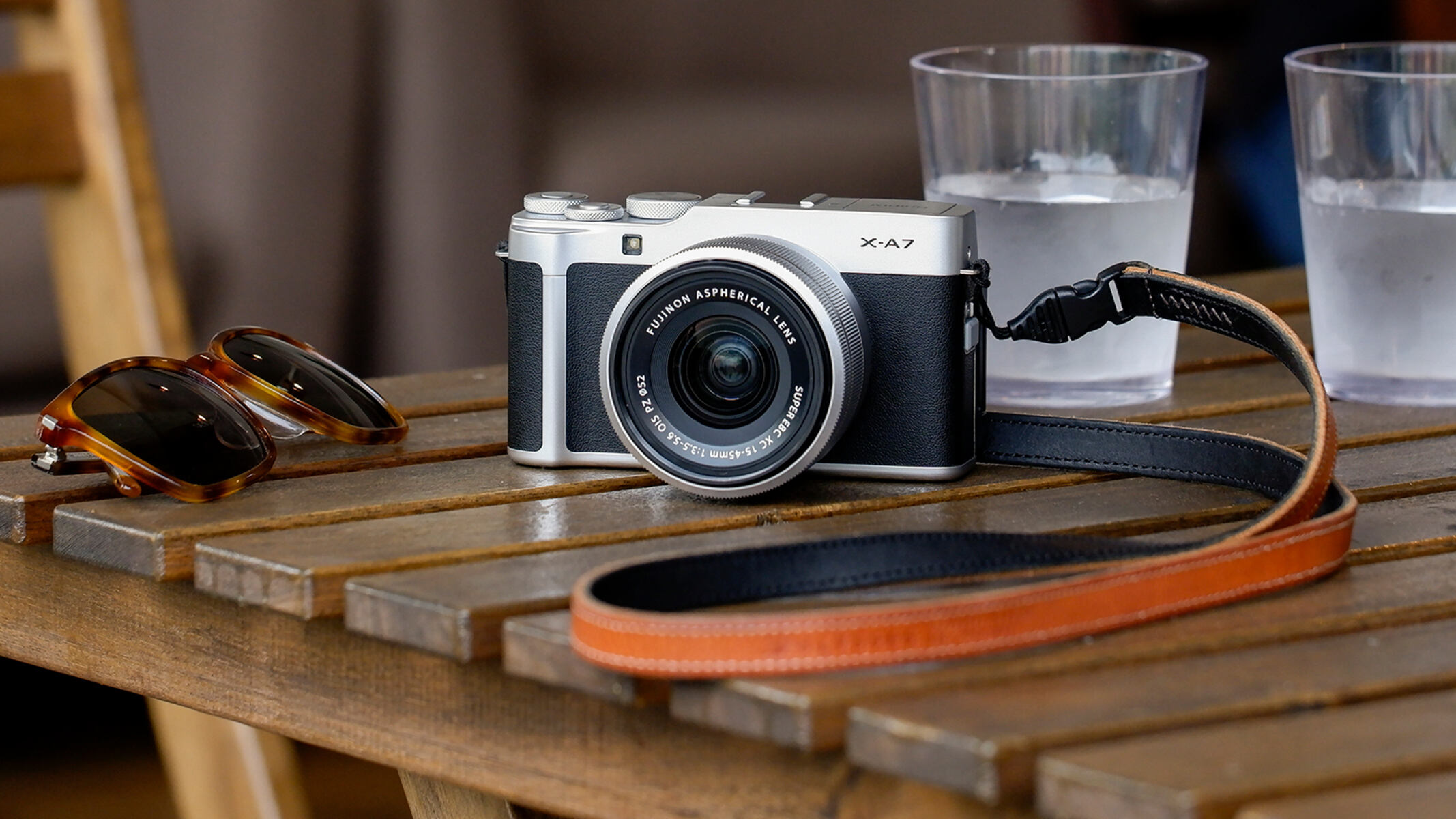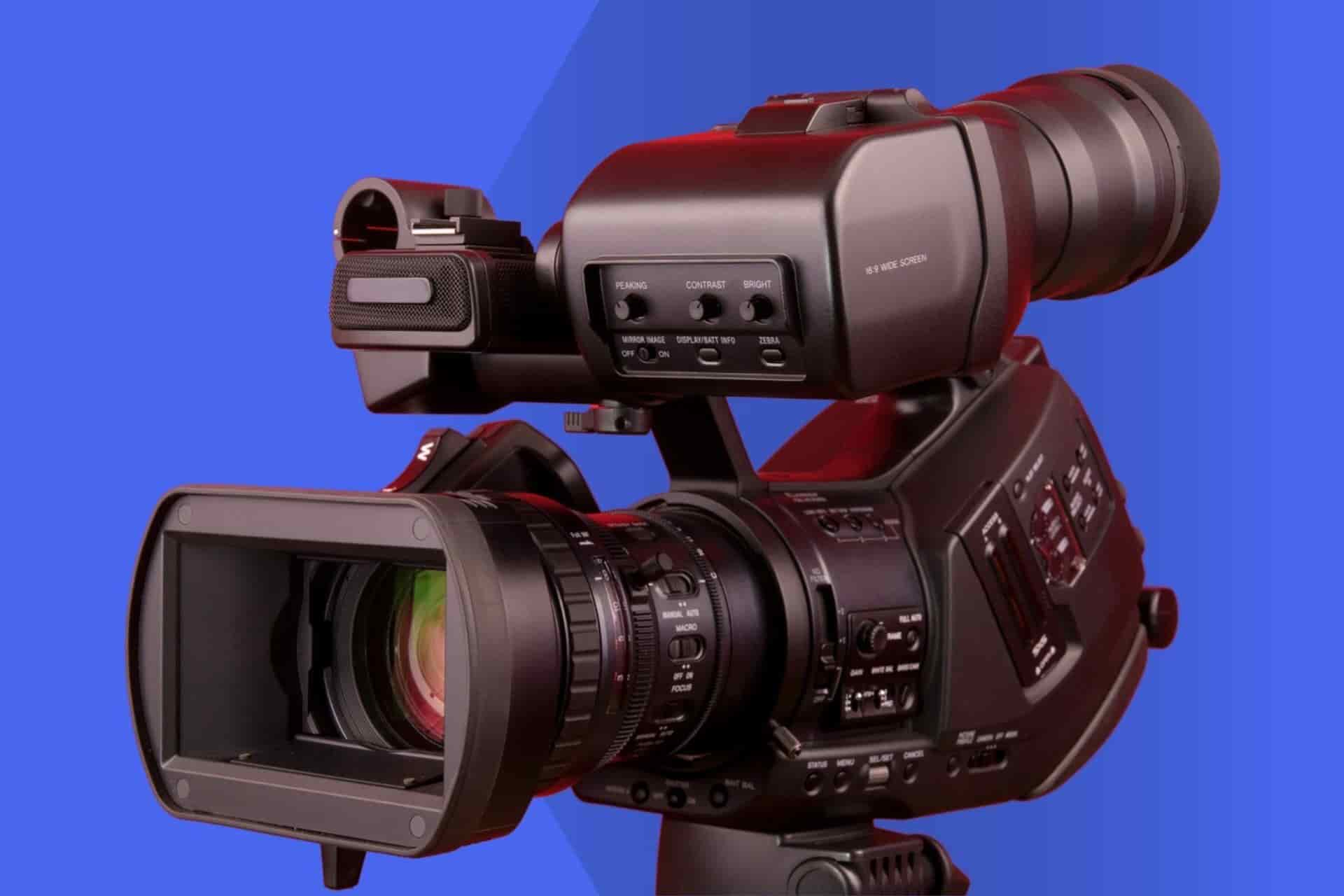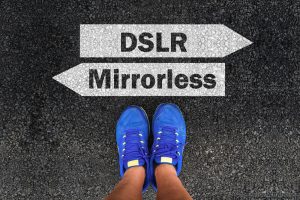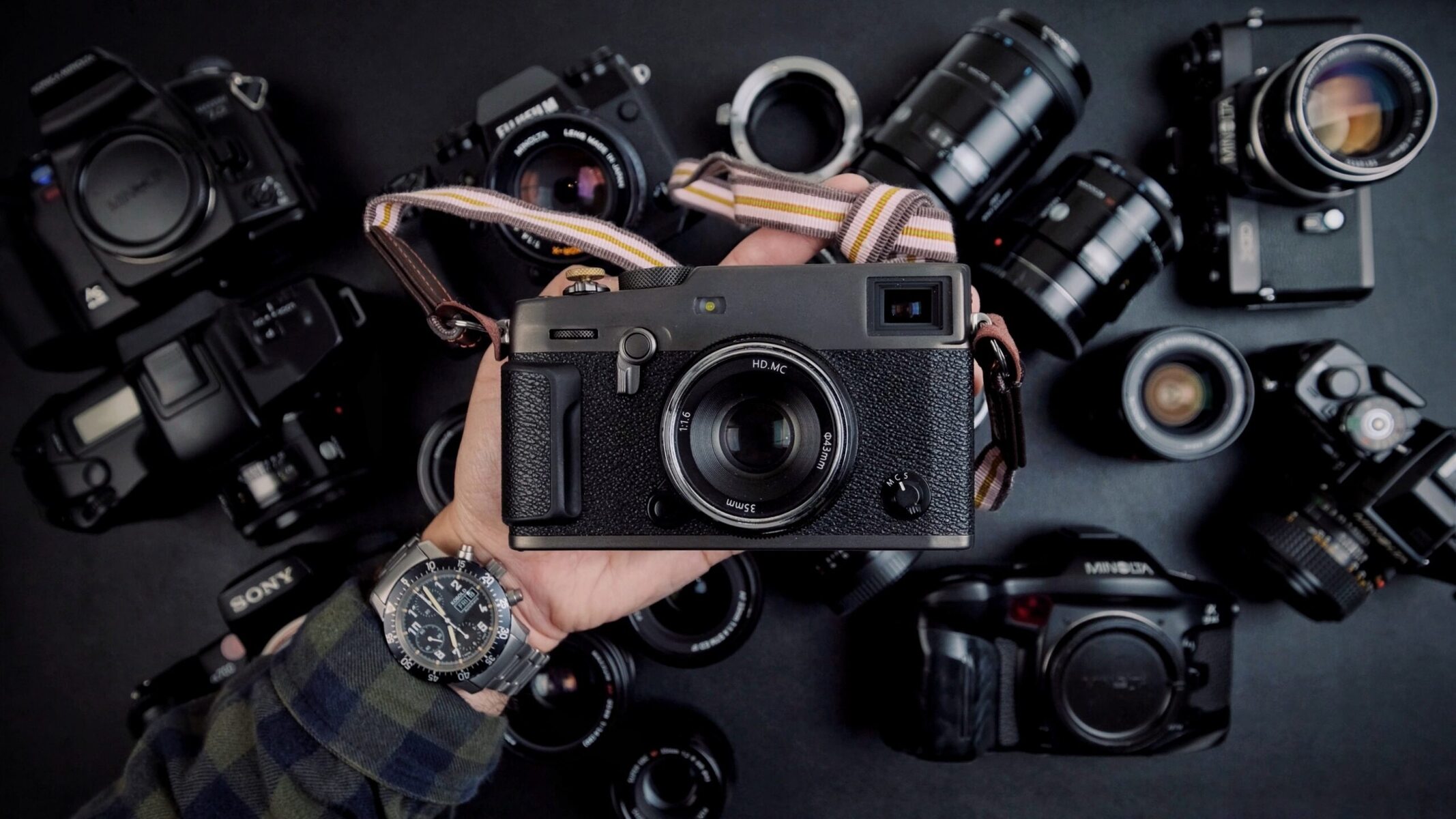Introduction
Astrophotography, the art of capturing the beauty of the night sky, has gained popularity in recent years, thanks to advancements in camera technology and the increasing accessibility of photography equipment. With the right techniques and equipment, even amateur photographers can capture breathtaking images of stars, constellations, and the Milky Way.
In this guide, we will explore the fascinating world of astrophotography using mirrorless cameras. Whether you're a seasoned photographer looking to expand your skills or a beginner eager to delve into the realm of night sky photography, this comprehensive resource will provide you with the knowledge and techniques needed to capture stunning star photos.
By understanding the fundamental principles of astrophotography and mastering the art of using mirrorless cameras in low-light conditions, you can unlock the potential to create captivating images of the cosmos. From choosing the right equipment to identifying optimal shooting locations and mastering camera settings, this guide will equip you with the essential tools to embark on your astrophotography journey.
Join us as we embark on an exploration of the night sky, learning how to harness the capabilities of mirrorless cameras to capture the celestial wonders that adorn the darkness above. Whether you're drawn to the allure of star-studded landscapes or the mesmerizing patterns of constellations, this guide will empower you to unleash your creativity and capture the splendor of the cosmos through the lens of your mirrorless camera.
Understanding the Night Sky
Before embarking on your astrophotography journey with a mirrorless camera, it’s essential to develop a deeper appreciation for the celestial wonders that adorn the night sky. Understanding the astronomical phenomena and celestial bodies that you aim to capture will not only enrich your experience but also guide your photographic endeavors.
The night sky is a canvas adorned with a myriad of celestial objects, each offering unique opportunities for photographers. From the radiant glow of stars and the mesmerizing trails of meteors to the majestic presence of planets and the ethereal beauty of nebulae, the cosmos presents a wealth of subjects to explore through astrophotography.
One of the most iconic features of the night sky is the Milky Way, a luminous band of stars that spans the celestial sphere. Photographing the Milky Way with a mirrorless camera allows you to capture its mesmerizing structure and intricate details, unveiling a tapestry of celestial beauty that is otherwise obscured by urban light pollution.
Furthermore, understanding the concept of celestial motion is crucial for capturing compelling star photos. The Earth’s rotation causes the apparent movement of stars across the night sky, a phenomenon known as star trailing. Leveraging this natural motion can add dynamism and visual interest to your astrophotography compositions.
By familiarizing yourself with the celestial phenomena that grace the night sky, you can develop a deeper connection with the cosmos and gain insights that will inform your approach to capturing stellar images. Whether you’re drawn to the enchanting allure of constellations, the resplendent glow of distant galaxies, or the ethereal dance of the auroras, understanding the night sky is an essential foundation for your astrophotography pursuits.
Choosing the Right Equipment
When venturing into the realm of astrophotography with a mirrorless camera, selecting the appropriate equipment is paramount to achieving remarkable results. The following considerations will guide you in choosing the right gear to capture stunning images of the night sky.
- Camera Selection: Opt for a mirrorless camera with excellent low-light performance and high ISO capabilities. Look for models with a large sensor size, as this facilitates better light capture and reduced noise in dimly lit environments.
- Lenses: Invest in wide-angle lenses with fast apertures, such as f/2.8 or wider, to gather ample light and achieve sharp, detailed images of the stars and celestial phenomena. Wide-angle lenses enable you to capture expansive views of the night sky, including the majestic sweep of the Milky Way.
- Sturdy Tripod: A stable tripod is essential for astrophotography, as it ensures steady long-exposure shots and minimizes camera shake. Look for a durable, vibration-resistant tripod that can support your camera and lens setup without compromising stability.
- Remote Shutter Release: Using a remote shutter release or intervalometer allows you to capture long-exposure shots without physically touching the camera, reducing the risk of introducing vibrations that could compromise image sharpness.
- Portable Power Source: To extend your shooting sessions in remote locations, consider carrying portable power banks or battery packs to keep your camera and other devices powered throughout the night.
Additionally, familiarize yourself with the specific features and capabilities of your mirrorless camera, such as its noise reduction settings, manual focus options, and custom white balance controls. Understanding and leveraging these functionalities will enhance your ability to capture stunning star photos with precision and artistic flair.
By carefully selecting the right equipment tailored to the demands of astrophotography, you can elevate your ability to capture the celestial splendor that unfolds in the nocturnal expanse. The synergy of a capable mirrorless camera, high-quality lenses, and essential accessories will empower you to embark on a fulfilling astrophotography journey, capturing the enigmatic beauty of the cosmos with finesse and artistry.
Camera Settings for Astrophotography
Mastering the intricacies of camera settings is essential for capturing stunning images of the night sky with a mirrorless camera. By understanding and optimizing key parameters, you can unlock the full potential of your equipment to immortalize the celestial wonders that adorn the darkness above.
Here are essential camera settings to consider for astrophotography:
- Manual Mode: Switch your camera to manual mode to have full control over exposure settings, including aperture, shutter speed, and ISO. This allows precise adjustments tailored to the low-light conditions of astrophotography.
- Wide Aperture: Select a wide aperture, typically in the range of f/2.8 to f/4, to maximize light intake and achieve sharp, well-defined star details. A wider aperture also facilitates shorter exposure times, reducing the risk of star trailing due to the Earth’s rotation.
- Extended Shutter Speed: Utilize long exposure times, typically ranging from 15 to 30 seconds or more, to capture the faint light emitted by stars and celestial objects. Longer exposures reveal intricate details and enhance the visibility of distant astronomical features.
- High ISO Sensitivity: Increase the camera’s ISO sensitivity to amplify the sensor’s light-gathering capabilities. While higher ISO settings can introduce noise, modern mirrorless cameras often exhibit impressive noise reduction performance, allowing for cleaner images at elevated ISO levels.
- Manual Focus: Set your lens to manual focus mode and carefully adjust the focus ring to achieve sharp, precise focus on the stars or distant celestial subjects. Utilize the camera’s live view function to fine-tune focus and ensure optimal image sharpness.
- Image Stabilization: If your lens features optical or in-body image stabilization, consider activating this feature to minimize the effects of camera shake during long exposures, especially when using longer focal lengths.
Experimenting with different combinations of these settings and conducting test shots in varying lighting conditions will allow you to refine your approach and tailor the camera settings to suit the specific nuances of the night sky subjects you aim to capture.
By mastering the art of configuring your mirrorless camera for astrophotography, you can harness the full potential of your equipment to immortalize the celestial wonders that adorn the darkness above, capturing the splendor of the cosmos with precision and artistry.
Finding the Perfect Location
Choosing the right location is a pivotal aspect of astrophotography, as it directly influences the quality and visual impact of your star photos. When seeking the perfect setting to capture the celestial wonders with a mirrorless camera, consider the following factors to optimize your shooting experience:
- Dark Sky Areas: Seek out locations with minimal light pollution to ensure clear, unobstructed views of the night sky. Dark sky reserves, national parks, and remote rural areas offer ideal conditions for astrophotography, allowing you to capture the cosmos without the interference of urban lights.
- Scenic Landscapes: Look for settings that offer captivating foreground elements, such as mountains, lakes, or iconic landmarks, to complement the celestial backdrop in your compositions. Incorporating natural features into your star photos adds depth and visual interest, creating compelling juxtapositions between the terrestrial and celestial realms.
- Weather Conditions: Monitor weather forecasts to identify clear, cloud-free nights with optimal atmospheric transparency. Stable atmospheric conditions and minimal humidity contribute to clearer, more detailed images of stars and astronomical phenomena.
- Astronomical Events: Stay informed about astronomical events, such as meteor showers, lunar phases, and celestial alignments, to plan your astrophotography outings around these captivating occurrences. Timing your shoots to coincide with astronomical events can yield extraordinary opportunities to capture unique celestial spectacles.
- Safety and Accessibility: Prioritize safety and accessibility when selecting shooting locations, especially if venturing into remote or unfamiliar areas. Ensure that the chosen site is secure, easily accessible, and complies with any regulations or permits required for nighttime photography.
Furthermore, scouting potential locations during the daytime can provide valuable insights into composition possibilities, potential obstructions, and the overall ambiance of the setting. This preparatory reconnaissance enables you to plan and visualize your astrophotography compositions, ensuring a more efficient and productive experience when shooting under the cover of darkness.
By carefully selecting the perfect location for your astrophotography pursuits, you can immerse yourself in settings that accentuate the celestial grandeur, allowing your mirrorless camera to capture the cosmic marvels with unparalleled clarity and visual impact.
Tips for Capturing Stunning Star Photos
Mastering the art of astrophotography with a mirrorless camera involves employing specialized techniques and approaches to capture the mesmerizing beauty of the night sky. By integrating the following tips into your photographic endeavors, you can elevate your star photos to new heights of visual splendor:
- Use a Remote Shutter Release: Employ a remote shutter release or intervalometer to initiate long exposures without physically touching the camera, minimizing the risk of introducing vibrations that could compromise image sharpness.
- Employ Image Stacking: Consider employing image stacking techniques to reduce noise and enhance details in your star photos. By combining multiple exposures of the same scene, you can create cleaner, more detailed images with reduced noise artifacts.
- Experiment with White Balance: Explore different white balance settings to achieve the desired color temperature and tonal nuances in your star photos. Customizing white balance allows you to convey the mood and ambiance of the night sky, from cool, ethereal tones to warmer, more evocative hues.
- Utilize Light Painting Techniques: Experiment with light painting to illuminate foreground elements or add creative accents to your astrophotography compositions. Using a handheld light source, such as a flashlight or LED panel, allows you to selectively illuminate subjects within the frame, adding visual interest and depth to your star photos.
- Embrace Long Exposures: Embrace the power of long exposures to reveal intricate details and subtle nuances in the night sky. Experiment with varying exposure times to capture the mesmerizing trails of stars, the ethereal glow of the Milky Way, and the celestial dance of distant astronomical phenomena.
- Compose with Foreground Elements: Incorporate compelling foreground elements, such as silhouetted trees, rock formations, or architectural features, to add depth and context to your star photos. Balancing the celestial spectacle with terrestrial elements creates visually engaging compositions that evoke a sense of wonder and scale.
Furthermore, familiarize yourself with the principles of image composition, such as the rule of thirds, leading lines, and visual balance, to craft visually compelling astrophotography compositions that resonate with viewers and convey the awe-inspiring grandeur of the cosmos.
By integrating these tips into your astrophotography pursuits, you can refine your approach to capturing stunning star photos, harnessing the capabilities of your mirrorless camera to immortalize the celestial wonders that adorn the nocturnal expanse with artistry and finesse.
Editing Your Star Photos
Post-processing plays a crucial role in refining and enhancing your star photos, allowing you to elevate the visual impact and convey the ethereal beauty of the night sky captured with your mirrorless camera. When editing astrophotography images, consider the following techniques to refine and optimize your star photos:
- Noise Reduction: Apply targeted noise reduction to mitigate the inherent noise present in long-exposure star photos. Utilize noise reduction tools in editing software to preserve image sharpness while minimizing unwanted noise artifacts, resulting in cleaner, more polished star images.
- Adjust Contrast and Clarity: Fine-tune contrast and clarity to accentuate the intricate details and luminous qualities of stars and celestial phenomena. Carefully adjusting these parameters enhances the visual impact of your images, revealing the subtle nuances and captivating textures present in the night sky.
- Color Grading: Experiment with color grading to evoke mood and ambiance in your star photos. Tailor the color palette to convey the enchanting allure of the cosmos, from deep, celestial blues to warm, evocative tones that accentuate the celestial spectacle captured in your images.
- Sharpening and Detail Enhancement: Apply selective sharpening and detail enhancement to accentuate the intricate features of stars and distant astronomical subjects. Balancing sharpening with noise reduction preserves image clarity, allowing you to showcase the celestial marvels with striking precision and finesse.
- Corrective Adjustments: Fine-tune exposure, white balance, and tonal adjustments to refine the overall tonal balance and visual coherence of your star photos. Targeted adjustments ensure that the celestial elements are presented with optimal luminosity and tonal fidelity, enhancing the overall impact of your astrophotography compositions.
Moreover, consider leveraging specialized astrophotography editing tools and plugins designed to address the unique challenges and nuances of processing star photos. These dedicated tools offer advanced capabilities tailored to the demands of astrophotography, empowering you to refine your images with precision and finesse.
By skillfully editing your star photos, you can infuse your astrophotography compositions with a captivating allure, unveiling the majestic beauty of the cosmos captured through the lens of your mirrorless camera. Through thoughtful post-processing, you can refine and optimize your images, ensuring that the celestial wonders shine with unparalleled clarity and visual splendor.







